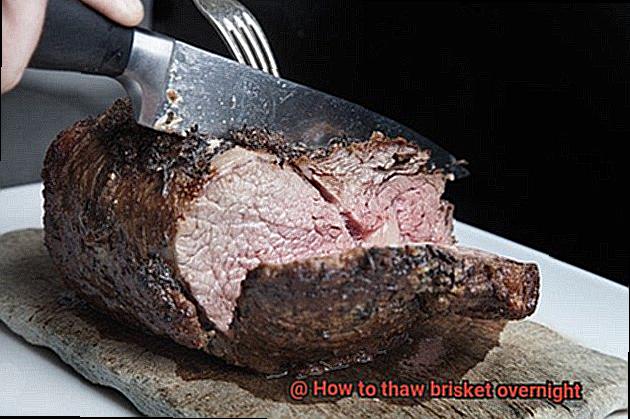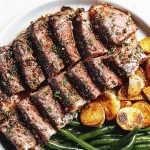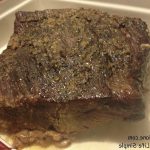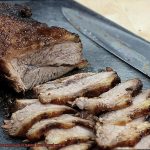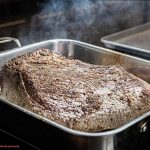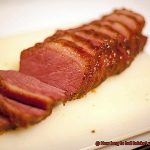Picture this: after weeks of waiting, you finally got your hands on the perfect piece of brisket from your local butcher.
As you make your way home, you can’t help but imagine the smoky, tender flavors that await you. But then reality hits – how do you even thaw this massive chunk of meat?
Don’t worry, we’ve got your back. In this guide, we’ll walk you through everything you need to know about how to thaw brisket overnight so that you can get grilling in no time.
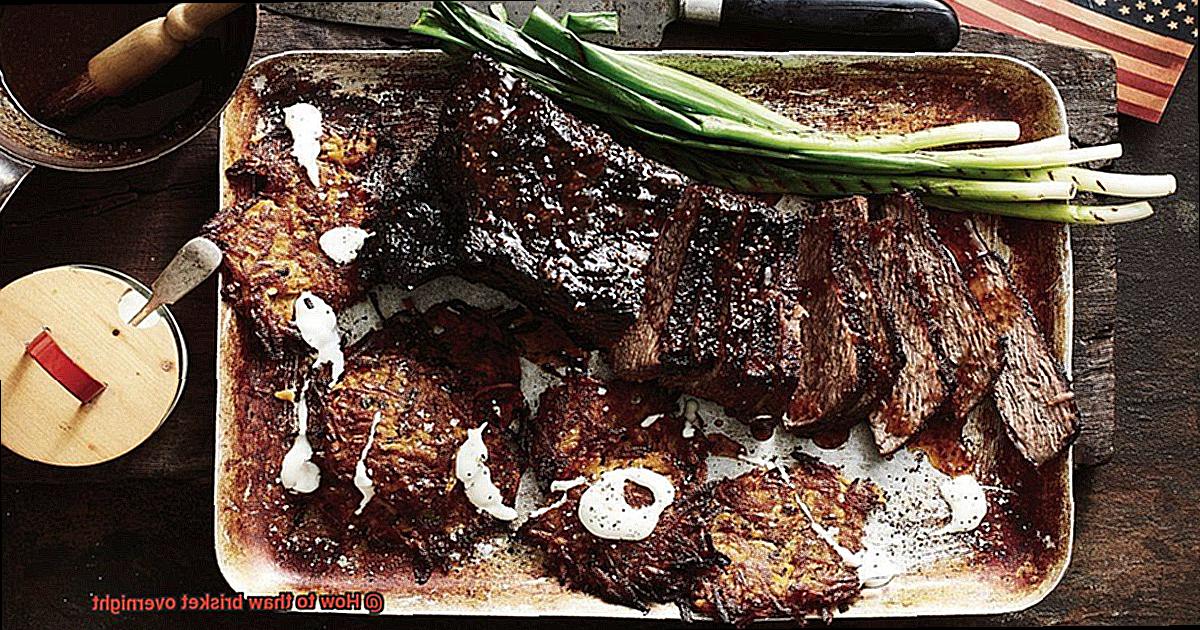
Preparing a perfect brisket starts with proper thawing techniques. And let’s be clear – never, ever thaw meat on the kitchen counter at room temperature (unless food poisoning is on your bucket list).
Instead, we’ll show you how to safely and efficiently thaw your brisket in the fridge overnight for optimal taste and texture. Plus, we’ll provide helpful tips on speeding up the process in case of emergencies and storing the brisket after it’s been thawed to ensure it stays fresh and delicious.
Get ready to impress your friends and family with your newfound knowledge on how to properly thaw this beloved cut of meat.
Contents
What is Brisket?
Then you must have heard of the delicious cut of beef known as brisket.
Found in the chest area of a cow, this tough yet flavorful cut requires extra care to prepare. But trust us, the end result is worth it.
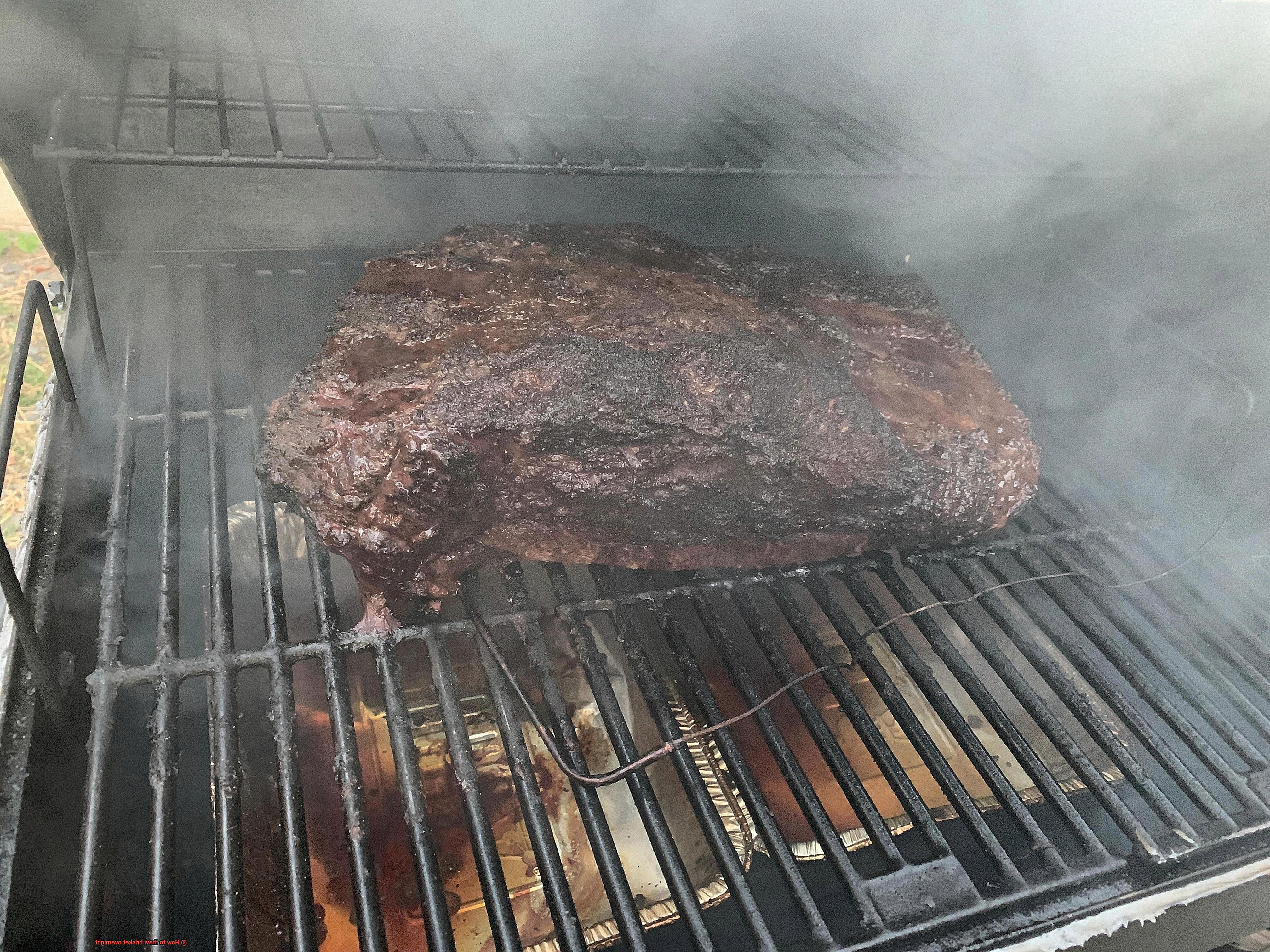
When purchasing brisket, make sure it has good marbling, which is fat running through the meat. This will help keep the meat moist during cooking.
You can find brisket in both whole and pre-cut forms at most grocery stores and butcher shops. As for cooking, brisket requires low and slow methods due to its tough texture.
You can smoke it, oven-roast it or slow-cook it in a crockpot. But before you start cooking, be sure to season your brisket with a dry rub or marinade to enhance its flavor.
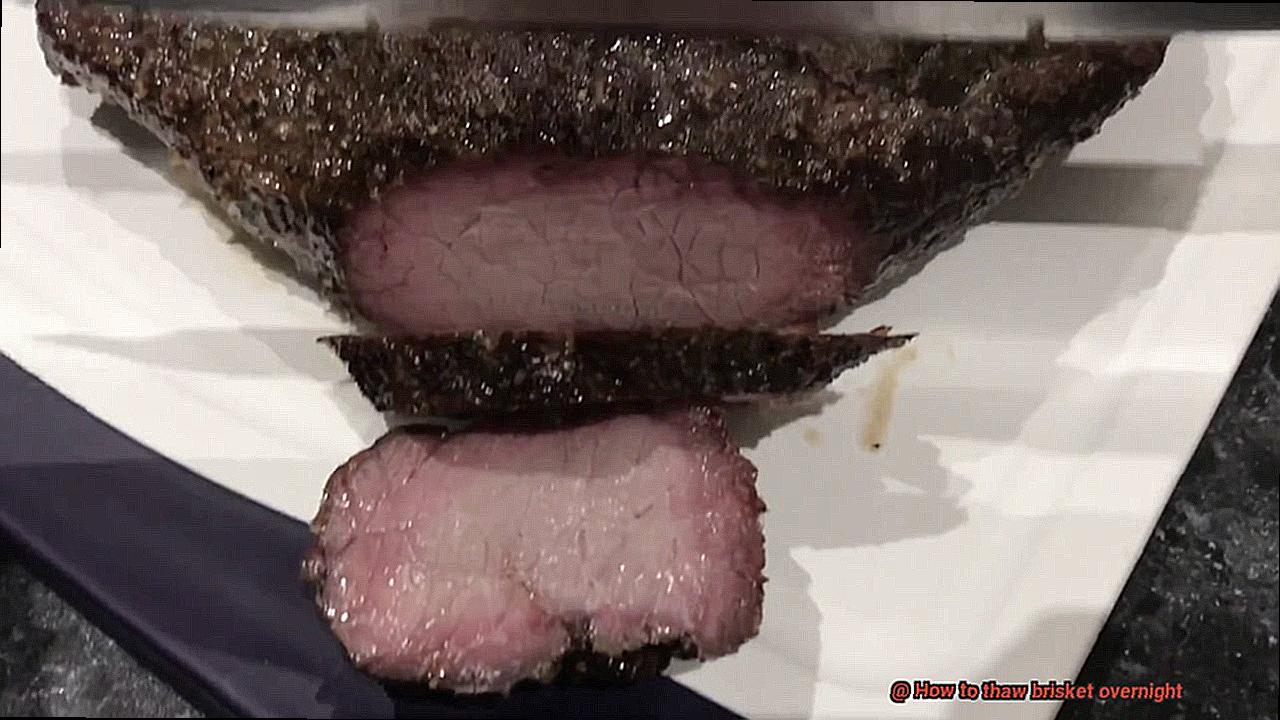
However, before seasoning your brisket, make sure it’s properly thawed. Home cooks and professional chefs alike prefer thawing brisket overnight.
To do so, remove the brisket from the freezer and place it in the refrigerator. The thawing time depends on its thickness, but as a general rule, every five pounds takes about 24 hours to thaw in the fridge.
To prevent bacterial growth and contamination of other foods in the fridge, place the brisket on the bottom shelf in a leak-proof container or tray. You can also use the cold water method by placing the frozen brisket in a leak-proof plastic bag and submerging it in cold water.
Whatever method you choose, never thaw your brisket at room temperature or in a microwave as this can cause bacterial growth and uneven cooking.
Thawing Brisket Overnight: Step-by-Step Guide
Preparing a mouth-watering brisket requires proper thawing techniques.
One of the most popular methods is thawing brisket overnight in the refrigerator. It’s a simple and effective way to defrost your meat without exposing it to high temperatures that can lead to harmful bacteria growth, ensuring a safe and delicious meal.
Here is a step-by-step guide to help you thaw your brisket overnight:
Step 1: Take your brisket out of the freezer and place it in its original packaging, or transfer it to a resealable plastic bag or container.
Step 2: Ensure that your refrigerator temperature is below 40°F (4°C) to prevent any bacterial growth. Step 3: Allow enough time for the brisket to thaw completely.
Use the general rule of thumb of 24 hours for every 5 pounds of meat. For instance, if you have a 10-pound brisket, you will need to thaw it for around 48 hours.
Step 4: Once your brisket has thawed, remove it from the packaging and pat it dry with paper towels. This step is essential because removing excess moisture helps maintain the meat’s flavor and texture.
Step 5: Allow your brisket to reach room temperature before cooking. This will ensure even cooking and help it retain its moisture.
If you’re pressed for time, other methods like cold water or microwave thawing can work, but require more attention and care to prevent bacterial growth or overcooking.
Benefits of Thawing Brisket Overnight
When it comes to preparing a succulent brisket, patience is key.
One crucial step in unlocking the full potential of your meat is the way you thaw it overnight. Think of it like a caterpillar transforming into a beautiful butterfly – with the right amount of time and care, your brisket will emerge as a masterpiece of flavor and tenderness.
So, what makes thawing brisket overnight in the refrigerator so special? Let’s break it down.
Firstly, it’s the safest way to defrost meat. Leaving food out at room temperature can lead to bacterial growth and foodborne illness.
But by thawing your brisket in the fridge, you eliminate this risk and can rest assured that you’re keeping your loved ones safe and healthy. Secondly, thawing brisket overnight in the refrigerator ensures that your meat retains its moisture and flavor.
Slow defrosting allows ice crystals to gradually melt, allowing the juices to be reabsorbed into the meat. The result?
A tender, juicy, and flavorful end product that will have your taste buds singing with delight. Thirdly, thawing brisket overnight in the refrigerator saves you time and effort.
With minimal preparation required, you can focus on other aspects of meal preparation or even treat yourself to some well-deserved rest and relaxation. Plus, unlike other defrosting methods that can be time-consuming and inconvenient (think running cold water over the meat or using a microwave), this method is both easy and hassle-free.
And finally, thawing brisket overnight in the refrigerator gives you greater flexibility in meal planning. You can freeze larger cuts of meat ahead of time, allowing you to prepare them at your convenience.
This is especially useful when hosting parties or preparing multiple dishes at once – no need to stress about defrosting meat last minute.
Quicker Methods of Thawing Brisket
Welcome to the exciting world of brisket thawing, where time is of the essence.
Don’t let improper thawing techniques ruin your delicious brisket. Instead, let me show you some quick and simple methods to thaw your brisket while maintaining its quality.
One of the most effective methods is the cold water process. This method works best if your brisket is tightly wrapped in a waterproof bag.
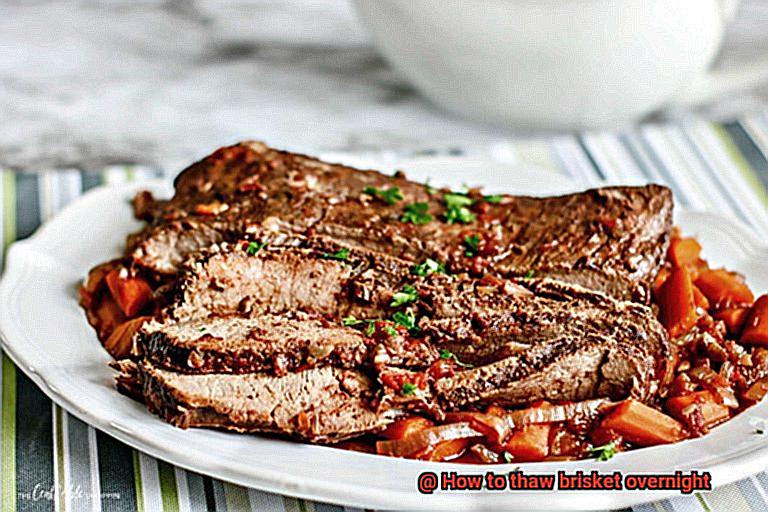
Simply place the bagged brisket in a large bowl and fill it with cold water. Make sure to change the water every 30 minutes until your brisket is fully thawed.
For a 5-pound brisket, this process typically takes around 2-3 hours. If you’re running short on time, the microwave defrost method may be your best bet.
Place your brisket on a microwave-safe dish and select the defrost setting based on the weight of your brisket. It’s important to note that microwaving can partially cook your meat, so it’s best to cook your brisket immediately after defrosting.
Why choose just one method when you can combine both for even quicker results? Start by microwaving your brisket on its defrost setting for half of its total defrost time, then transfer it to a cold water bath to finish thawing.
This not only cuts down on overall thawing time but also prevents partial cooking. Always make sure your brisket is fully thawed before cooking to ensure even cooking and reduce the risk of bacterial growth.
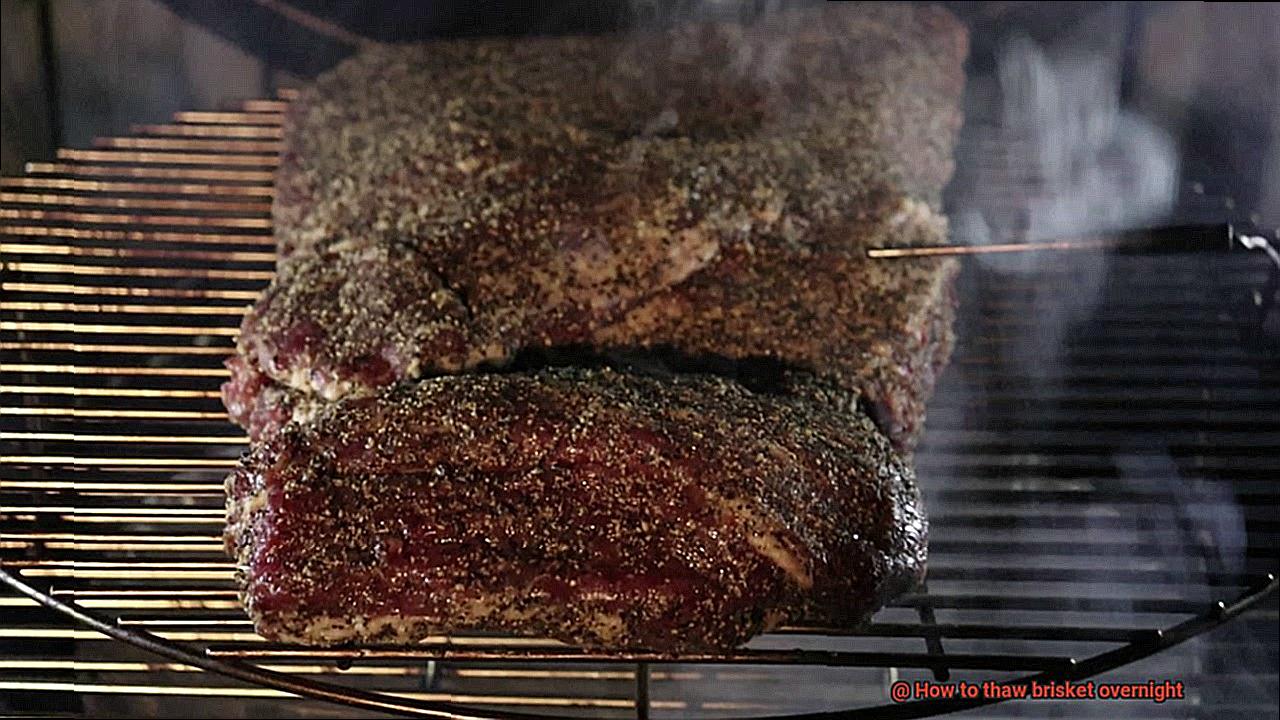
Whether you’re a caterpillar transforming into a butterfly or a brisket defrosting into a delectable masterpiece of flavor and tenderness, these quick and simple thawing methods will have you enjoying your meal in no time.
Dangers of Thawing Brisket at Room Temperature
Leaving your brisket at room temperature creates the perfect environment for bacteria to grow, especially in the outermost layers of the meat.
This can lead to harmful toxins that can cause food poisoning. That’s why the USDA advises against thawing meat at room temperature.
But why is it such a big deal? Well, when you thaw your brisket at room temperature, it can take hours to fully thaw.
During this time, the outer layers of your brisket can reach temperatures between 40°F and 140°F, also known as the “danger zone” for bacterial growth. Bacteria can double in number every 20 minutes in this temperature range.
If you try to speed up the thawing process by using warm water or leaving the brisket near a heat source, you run the risk of unevenly thawing the meat. This can result in some parts of your brisket being fully thawed while others remain frozen, leading to uneven cooking and potentially harmful bacteria.
So what should you do instead? The USDA recommends using safe techniques such as refrigeration or cold water to properly thaw your brisket before cooking.
If you’re in a hurry, you can also use the microwave, but be sure to cook the meat immediately afterward to prevent bacterial growth. In conclusion, thawing brisket at room temperature is not recommended due to the risks involved.
To ensure your meals are both scrumptious and safe to eat, stick with safe and reliable methods such as refrigeration or cold water, and always follow food safety guidelines.
How to Avoid Overcooking a Frozen Brisket
Properly Thawing a Frozen Brisket Is Essential.
There’s nothing worse than anticipating a delicious brisket meal, only to find that the meat is still frozen solid. To avoid this scenario, it’s crucial to properly thaw your brisket before cooking.
Thawing overnight in the fridge is the best method as it allows the meat to defrost gradually while staying at a safe temperature. Rushing the process by using hot water or leaving it at room temperature can result in bacterial growth and spoilage.
Slow and Low Cooking Method
Once your brisket is fully thawed, it’s time to start cooking, and using a slow and low cooking method is essential for avoiding overcooking.
Cooking the brisket at a lower temperature (225-250 degrees Fahrenheit) for several hours allows the meat to cook evenly without drying out or becoming tough. This process ensures that you end up with perfectly cooked and juicy meat.
Use a Meat Thermometer
A meat thermometer is an essential tool for monitoring the internal temperature of your brisket.
This will help you determine when it’s cooked through and prevent you from overcooking it. Once the internal temperature reaches 195 degrees Fahrenheit, take the brisket off the heat and let it rest for at least 20-30 minutes before slicing into it.
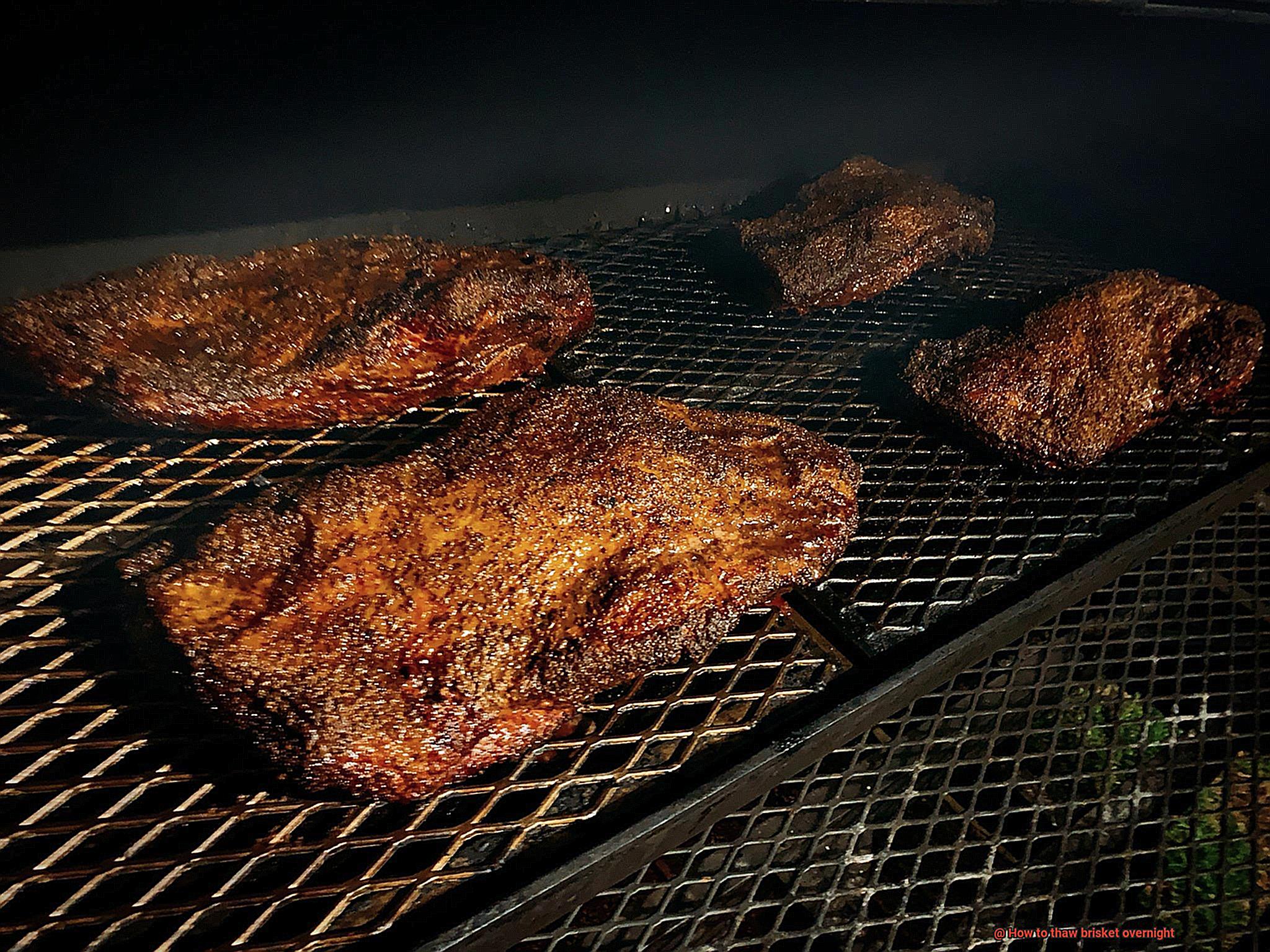
Let Your Brisket Rest
Allowing your brisket to rest after cooking is just as important as properly thawing and slow cooking it. This step allows the juices to redistribute throughout the meat, resulting in a tender and juicy brisket. Skipping this step could result in a dry and tough piece of meat.
Seasoning Your Brisket
Seasoning your brisket is an important step for adding flavor to your dish. Whether you prefer a dry rub or marinade, be sure not to over-season as this can overpower the meat’s natural flavors.
A simple salt and pepper rub can be just as delicious as a complex marinade.
fXe1YUQ3SN0″ >
Conclusion
To sum it up, thawing your brisket overnight is the key to unlocking its full potential.
The slow and steady process of defrosting in the fridge ensures that your meat stays moist and flavorful while minimizing the risk of harmful bacteria. As the ice crystals melt, they slowly infuse your brisket with juicy goodness, resulting in a tender and succulent final product.
While there are other methods for thawing brisket quickly, such as cold water or microwaving, they require more attention and care to avoid overcooking or bacterial growth.
Room temperature is a no-go zone for thawing as it creates the perfect breeding ground for unwanted bacteria.
Once you’ve cooked your brisket to perfection, remember to let it rest before serving. This allows the juices to redistribute throughout the meat, ensuring maximum flavor and tenderness.
Over-seasoning can overpower the natural taste of your brisket.

